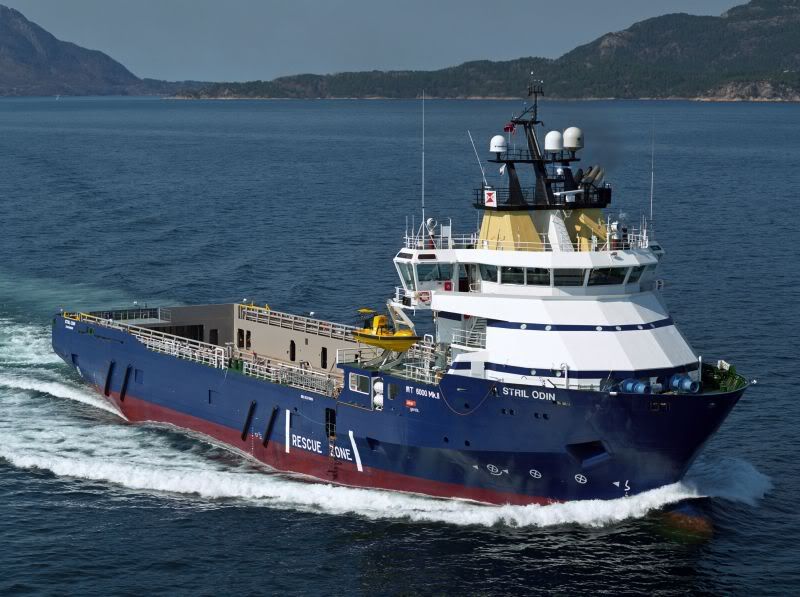Gentlemen,
I’ve joined this forum not too long ago. So it’s my duty to tell you why I have deserved to bear the name of ship modeller

I’ve been building ship models for quite some time now. I think from the age of 12 but there hasn’t been a lot of activity in the last few years. This was because I started studying Naval Architecture in 2003. And all my free time was swallowed by the study and appropriate social activities, read: drinking beer

Now since I have graduated in 2008 some more free time is coming back and with the possibility of creating a nice and decent workshop in my newly owned house I started again on my long shelved projects.
In this topic, I will describe my current new building project. It’s not a warship because I got tired of the instable warship hulls (kidding). I was looking for a bit more color and different types of propulsion and found a platform supply vessel which sparked my interest.
I also have a Dutch frigate in the last stages of detailing but it’s too much advanced for creating a building thread.
Comments and criticism are certainly welcome because I speak very little people who do modeling (I'm not yet with a club). This project will, however, take a little while because I have many other hobbies so do not expect daily updates

My construction method is not standard and it has come with complications in the past but it suits very well now and has giving me good shaped, light and strong hulls. It may even need a separate topic to make it more clear but in short it comes down to the following steps:
1: manufacturing of frames, keel and decks of 2mm smooth cardboard (yes, paper that is)
2: coating the frames with two layers of 0.5 mm cardboard to form the hull
3: fairing hull with polyester plaster to get a smooth hull
4: coarse sand it with a piece of wood to avoid humps and bumps
5: apply two or more layers of epoxy to the hull to make it watertight and strong enough
6: filling of flaws and creating domes and bulbs with filler
7: again a lot of sanding untill it shines and good coating of the inside with paint so no water gets in the cardboard, I usually paint spaces that become inaccessible during construction with paint before the hull is ready
8: final coating of the hull with at least 3 layers of paint and laquer
Than the model. When looking for a new project I wanted to do something different from building naval vessels. Something with more displacement, so it got more stable on the water. And in a larger scale but not to big. Platform supply vessels are great ships to operate on the water because of the interesting propulsion systems build in. And it allows a lot of detailing and colour to be applied.

My experiences with the previous model were that very good and exact drawings are important to a beautiful model. And more importantly to keep in the pace to finish the project in a reasonable amount of time ( I get lazy when having to do too much research

). That's why I wrote the Norwegian shipping company Simon-Møkster Shipping with the request for plans as detailed as possible on one of their ships. I was surprised to see them being very enthusiastic.
Soon I got a mail back with 1:1 CAD yard drawings which were great to show every detail and the exact shape of the hull. I could also use a CAD-program to pick out and enlarge items to print them. After I expressed my enormous gratitude to the company’s technical supervisor I came to the conclusion that something beautiful should be made out of this


Gr.
Pim



